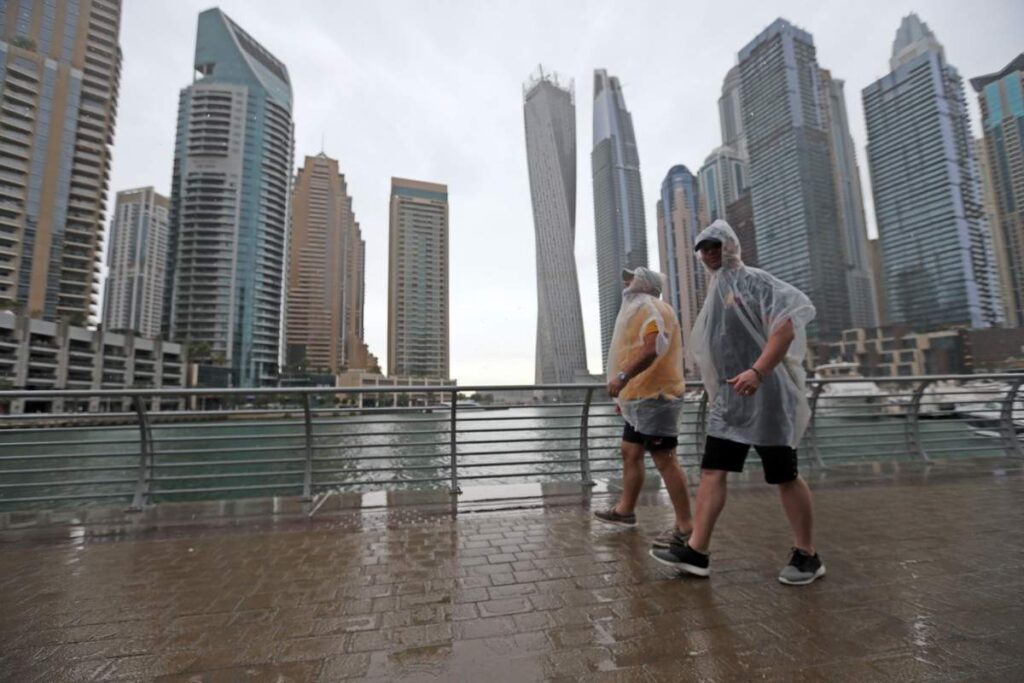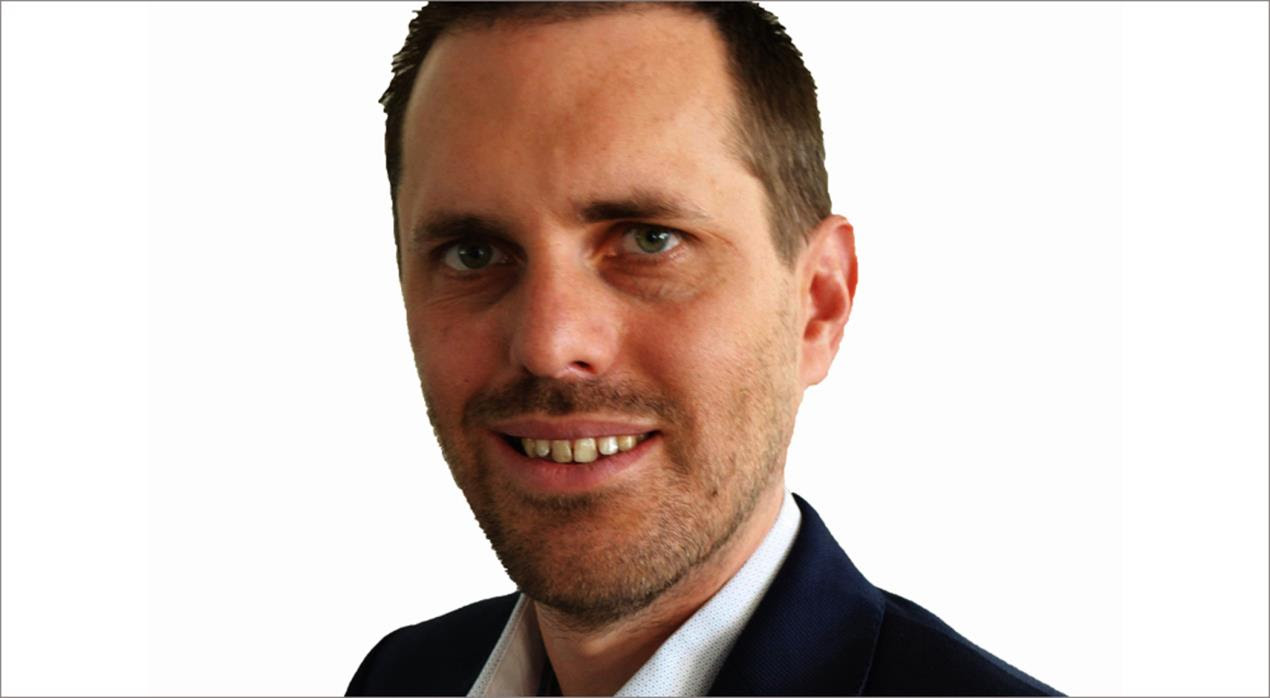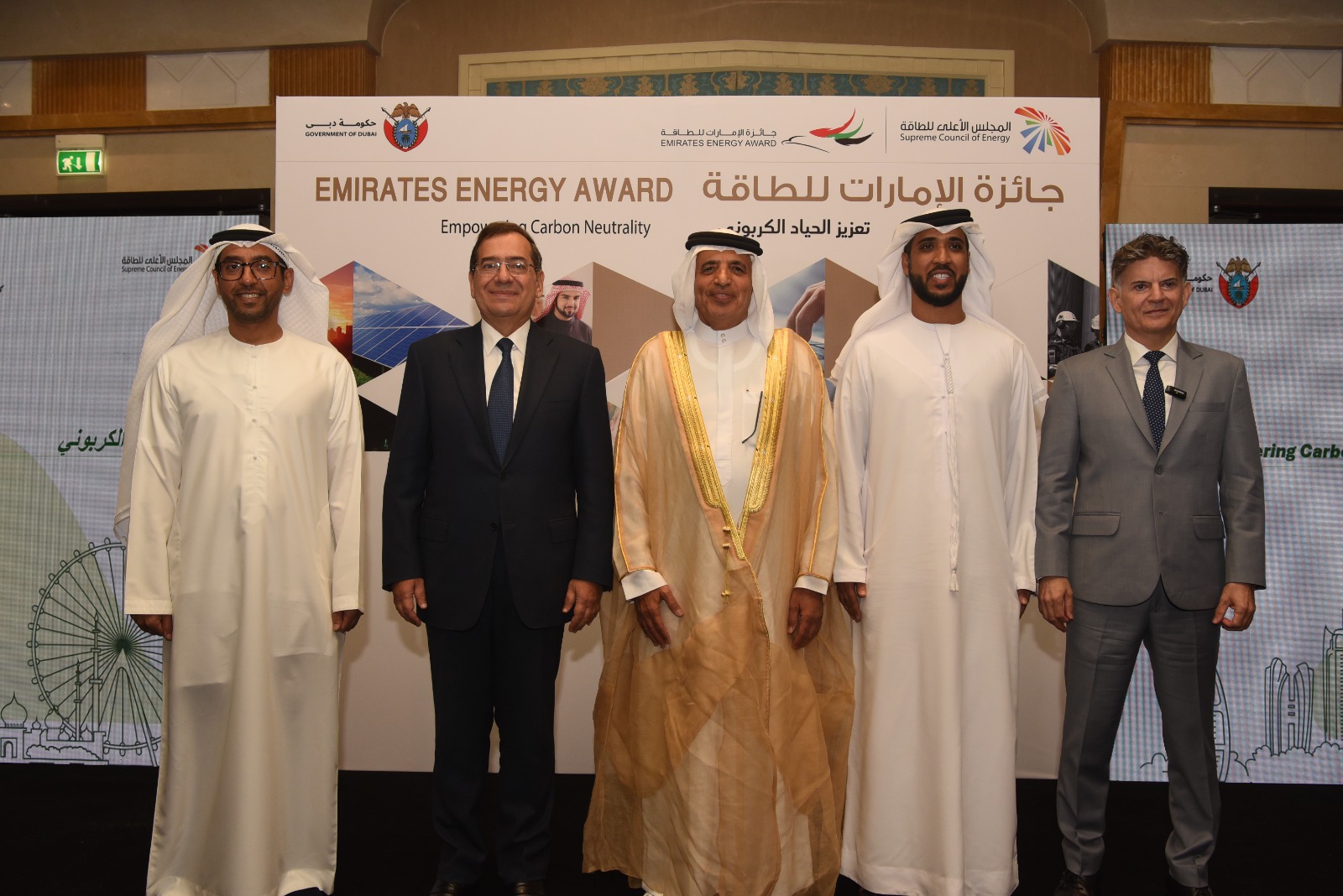By 2025, two-thirds of the world’s population could face water shortages. From modifying the weather to drawing water from thin air, innovative technology is used to generate
A sustainable supply of drinking water to the world.
Dubai is located in one of the driest regions in the world. The growing population of the city increases the demand for water and supports the development of new technologies for obtaining it. One of the most prominent of these technologies is cloud seeding.
What is cloud seeding?
Cloud seeding is a weather modification technique that improves a cloud’s ability to produce rain.
Before a plane takes to the skies, forecasters must choose the correct cloud for rain. The process only works with cumulonimbus clouds because of their upward internal air pull. Pilots position their aircraft at the bottom of a draft and light flares loaded with hygroscopic salt particles. As sodium chloride and potassium chloride molecules rise to the body of the cloud, they attract tiny droplets of water. These water droplets unite and grow in size, so they fall from the sky due to their increased weight.
In regions that experience little rainfall each year, this is a valuable water resource that requires minimal energy.
One hour of cloud seeding can generate up to 100,000 cubic meters of water.
Cloud seeding is currently practiced in more than 50 countries around the world. Not only is this process used to increase rainfall, but it is also used to reduce the size of the pebbles
Hail in colder regions. Hail control can greatly mitigate damage caused by thunderstorms.
Converting sea water into drinking water
In desert areas where lakes or rivers are scarce, people turn to the sea for drinking water. Currently, 90% of Dubai’s water comes from sea water.
Using the reverse osmosis process, large desalination plants can produce large quantities of drinking water.
Vanessa Fernandez Membrelera, Managing and Commercial Director Middle East, O&M ACCIONA, explains why this process is so popular in the Gulf region: “The main benefit of this process is that 98% of the water that covers the Earth’s surface is sea water. Plants like the desalination plant are designed Jebel Ali in accordance with the Dubai Integrated Water Resources Management Strategy with the aim of reducing water consumption by 30% by 2030.
Water from thin air
Relying on the power of the sun, hydro panels can produce drinking water from the moisture in the air. Water farms using this technology do not require any supplied power, which means that they can be used off the grid away from existing infrastructure. Sofia Berglund from Source global explains how hydro panels can be useful in polluted areas. “The only thing we have in the water from the start, before adding the minerals, is pure H2O water. So there are no pollutants, nothing can leach into the water,” she told Euronews.
Manhat founder Saeed Alhassan explains how solar energy in many parts of Europe can surpass solar energy generated in desert climates because rainfall in Europe pushes dust and sand particles to the ground, purifying the air.
As the global population continues to grow exponentially, so will our water consumption, and thus these innovations are necessary to provide new ways to combat drought and thirst.












